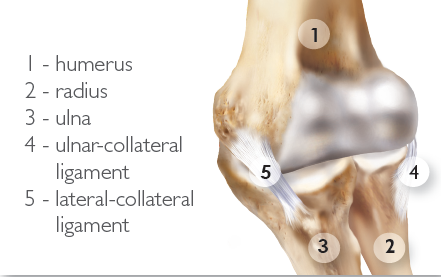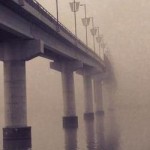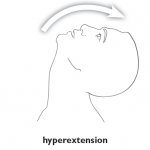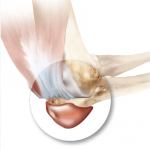 The elbow is a hinge joint that is formed by the articulation of the three long bones of the arm — the humerus (the upper arm bone), radius (thumb side of the lower arm) and ulna (little finger side of the lower arm). The ulna and humerus meet to create the straightening and bending motion of the arm (extension and flexion). The radius and ulna meet to create the pronation and supination of the forearm.
The elbow is a hinge joint that is formed by the articulation of the three long bones of the arm — the humerus (the upper arm bone), radius (thumb side of the lower arm) and ulna (little finger side of the lower arm). The ulna and humerus meet to create the straightening and bending motion of the arm (extension and flexion). The radius and ulna meet to create the pronation and supination of the forearm.
The bones that make up the elbow joint are held together by strong ligaments. Two primary ligaments are responsible for the movement and stability of the elbow joint. The ulnarcollateral ligament, which is on the inside of the elbow and the lateral collateral ligament, which is on the outside of the elbow, connect the humerus and ulna to ensure the elbow maintains only a hinge motion and prevents overextension.
The two primary muscles responsible for the flexion and extension are the triceps and biceps located on either side of the humerus. The wrist flexors and extensors are also connected to the elbow. These muscles allow for the movement of the fingers and wrist and attach to the inside of the elbow joint.












